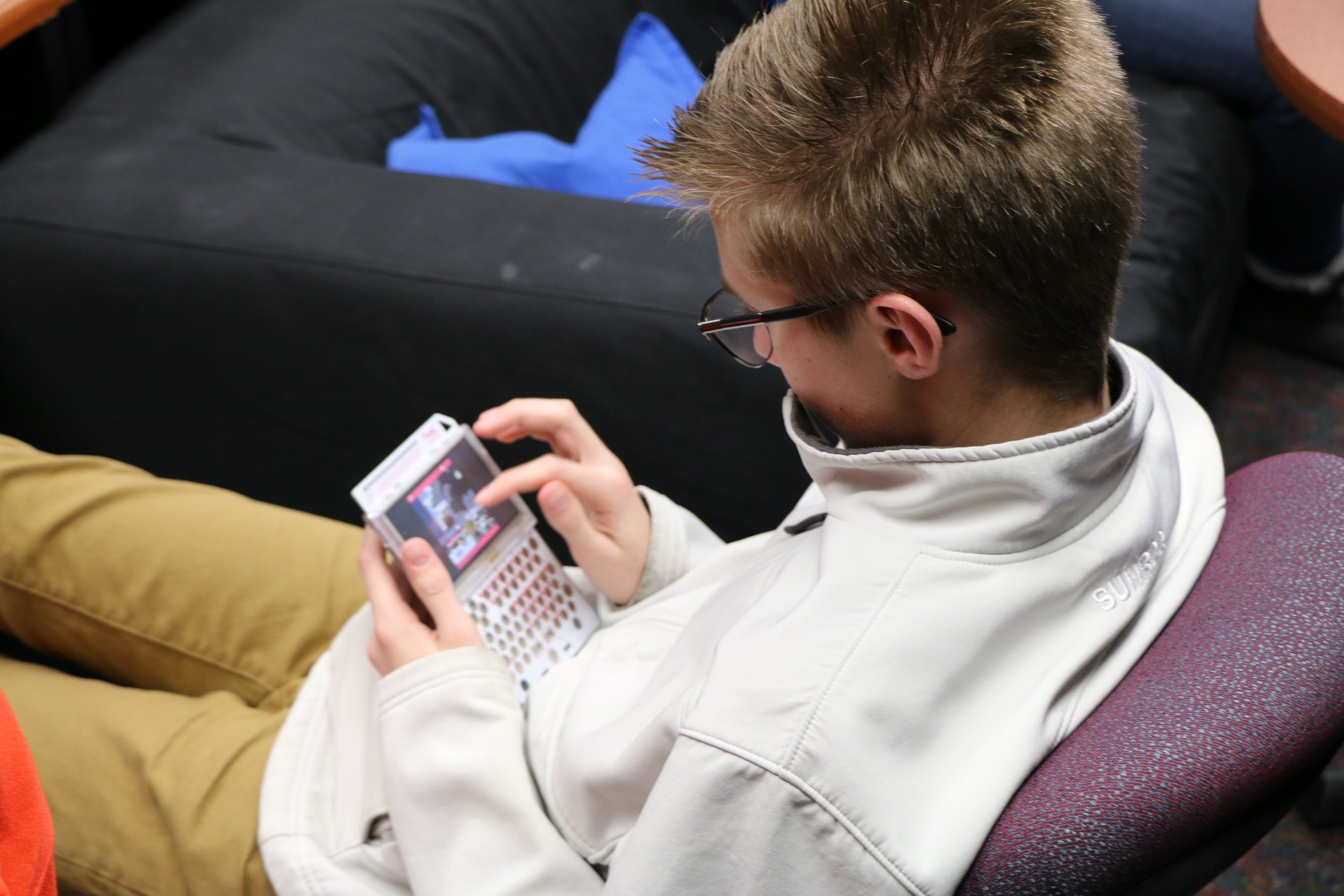Narrative Educational Videos
For centuries, some of the greatest educators (e.g., Aristotle and Aesop) have promoted storytelling as a vehicle for disseminating knowledge. Narrative techniques used to share information have been studied in academic disciplines such as marketing, communication, and medicine. However, little research exists examining the impact of narrative videos on the development and retention of declarative or procedural knowledge.
A Narrative Approach to Educational Video Training
For centuries, some of the greatest educators (e.g., Aristotle and Aesop) have promoted storytelling as a vehicle for disseminating knowledge. Narrative techniques used to share information have been studied in academic disciplines such as marketing, communication, and medicine. However, little research exists examining the impact of narrative videos on the development and retention of declarative or procedural knowledge. In addition to this, virtually no one has employed this type of educational narrative video to individuals in technical- or practical-based education settings such as with dental assistants or other medical technicians. Additional research is necessary to investigate the effects of narrative-based instructional videos on the retention of knowledge in technician students such as dental assistants. The aim of the proposed study is to investigate the impact of a five-act narrative inserted into an educational training video on learning outcomes in dental assistants. A pre/posttest two-group experimental study, with additional qualitative measures inserted, will examine the efficacy of narrative-based instructional video content with a five-act narrative and without a narrative on the development and retention of declarative and procedural knowledge in dental assistant students.
PROJECT LEAD
TEAM
FUNDING
Computational Making Scaffolds
To make computational making with visual programming tools more approachable for youth and interdisciplinary subjects, learning supports or scaffolds that will help 10-14 year old youth develop an interactive game narrative and then transition from their design ideas into the visual programming tool they are using are needed.
With the rise of computational making in education, Whitney Lewis’ thesis work focused on the need to develop design scaffolds, or supports, for learners who engage with computational making processes. Members of the L.E.D. Lab planned and hosted a workshop with youth learners where they explored how design scaffolds such as an example game, open discussion, debugging activity, and storyboarding tool would help learners program a game in the visual programming tool ARIS. In addition, this work included evaluative feedback from ARIS designers. Both the findings from the workshop and ARIS designer evaluation were used to inform future implementations of design scaffolding for computational making.
PARTNERS
PROJECT LEAD
TEAM
FUNDING
This project was funded, in part, by a Graduate Student Research Award to Whitney Lewis from the Emma Eccles Jones College of Education and Human Services at USU.
Computing with PocketCHIP
We explore how to support teaching and learning of computational thinking (CT) practices in interdisciplinary, age-appropriate contexts. To prepare youth to be computationally literate in a digital world economy, two key approaches have emerged aiming to make text-based programming more widely applicable, accessible, and age-appropriate.
Youth using PocketCHIP
Computer Science (CS) is a rapidly expanding field with many new and exciting opportunities. Computational Thinking (CT), a skill set and attitude that “involves solving problems, designing systems, and understanding human behavior, by drawing on the concepts fundamental to computer science,” is essential for success in this discipline (Wing, 2006). In this project, we compared young people's design processes when using a visual mobile programming tool and a text-based mobile programming tool. We are investigating the following questions: Do participants improve their CT skills while programming and remixing on mobile devices and which of these skills are most frequently exhibited? What does remixing a game look like in a visual-based mobile programming tool versus a text-based mobile programming tool? How does this affect their view towards a career in computer science and their awareness and interest in technology?
PROJECT LEAD
TEAM
PROJECT FUNDING
This project was funded by USU’s Office of Research Undergraduate Research and Creative Projects grant to Chase Mortensen.











